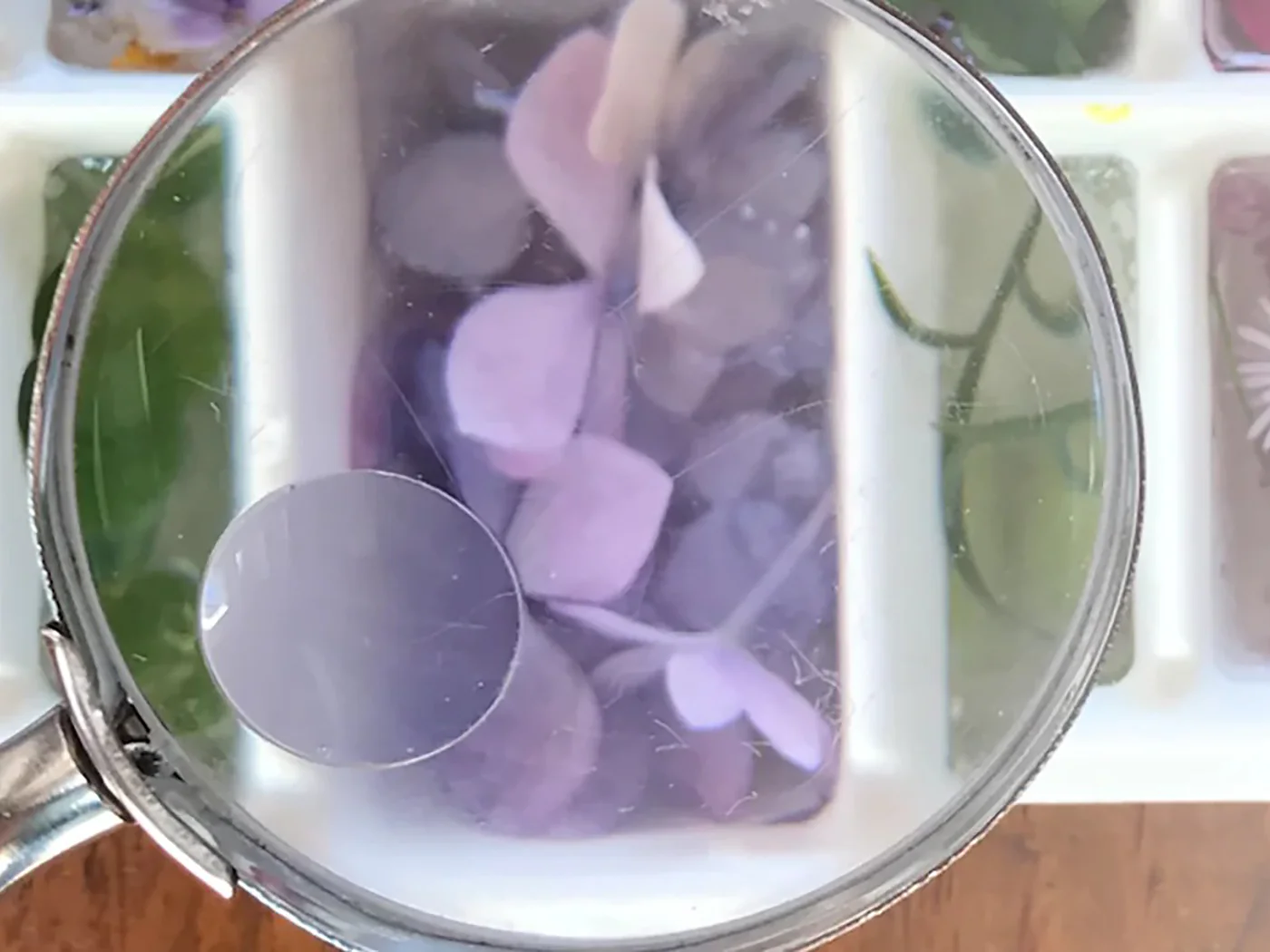
HEALTHY
WINTER SKIN
Written by Guest Author Matthew W. Beal, MD, Medical Director, and Co-owner of Pima Dermatology
Healthy skin is an important part of a proactive self-care routine, especially when you love to get outside as much as possible all year long. We checked in with an expert, Dr. Matthew W. Beal, co-owner of Pima Dermatology in southern Arizona, for tips about best practices for healthy skin. Dr. Beal had lots to share about the importance of protecting your skin from the sometimes surprising effects of harsh winter sun.
Winter sun can't possibly be as harsh as summer sun, can it?
No matter what season you’re in, there is no slacking from the sun! Sun protection is equally important during winter as it is in the summer. Just like the summer sun, winter sunlight, when you are overexposed to it, will give you a sunburn. Ultraviolet (UV) radiation from the sun is the number one cause of skin cancer and a major factor in premature aging of the skin.
Why is sun protection just as important in the winter? What are the risks of overexposure to winter sun?
Colder temperatures don't protect you from harmful ultraviolet rays. Snow sports become just as risky as water sports because snow reflects up to 80% of the UV light from the sun. This means that you’re often hit by the same rays twice, and this increases your risk for sun damage. Double ouch!
Does higher altitude mean higher risk?
It sure does. Higher altitude creates a higher risk of sun damage because UV radiation exposure increases approximately 5% with every 1,000 feet above sea level. So, if you’re skiing at 10,000 feet, you can be exposed to UV radiation up to 50% more intense than at sea level! Eyes are also vulnerable and “snow blindness” is real. You need to protect your eyes with polarized sunglasses, which block UV light reflected by the snow. If unprotected, your eyes can actually get sunburned—and there’s no aloe vera for that!
What about cloudy days or days when it’s snowing?
It makes sense to think that cloud coverage reduces the risk of sun exposure, but it doesn’t. UV rays still reach your skin, passing through trees and reflecting off of water, snow, sand, glass (your car windshield and your office windows), and concrete year-round. Up to 80% of the sun’s UV rays penetrate light, clouds, and fog.
What winter skin-care protection do you recommend before heading out for a day of adventure?
Good skin care never goes out of style and is important throughout the year. UV damage leads to around 90% of the appearance of aging in our skin. Before heading outside, you’ll want to use a hydrating daily moisturizer for your face and body. Before any time spent in the sun, you should always apply a sunscreen, with an SPF of 30 or above, 30 minutes prior to going out. Be sure it’s broad spectrum, which means that it protects you from UVA (aging) and UVB (burning) rays. In applying sunscreen, don’t forget your neck, ears, hairline, and hands. A lip balm should also be on-the-go with you, preferably with an SPF of 30 or higher. Be sure to reapply sunscreen every two hours or after strenuous activity, as perspiration can remove even water-resistant sunscreen.
In addition, your clothing can multitask, blocking out the sun and keeping you warm and covered! Wrap up in cozy UPF gear: hats, long-sleeved shirts, pants, neck scarves, and gloves. Look for fabrics that contain UPF. (You’ll find it on the labels of most outdoor brands.) This number indicates what fraction of the sun’s UV rays can penetrate the fabric. For example, a shirt labeled UPF 50 allows just 1/50th of the UV radiation to reach your skin.
What time of day is sun protection most important during the winter months?
If you can see the sun, it can see you! It’s always a good idea to avoid the peak hours of10:00 a.m. to 2:00 p.m. any time of the year. Rain or shine, stay vigilant every season and don’t forget your water bottle and your hat!
About the Author
Matthew W. Beal, MD is certified by the American Board of Dermatology. He has extensive training and experience in all aspects of dermatology, including medical and surgical treatment of skin cancers and diseases, laser surgery, and laser skin rejuvenation. Dr. Beal creates innovative protocols for complicated conditions and is tenacious in finding solutions for patients.









